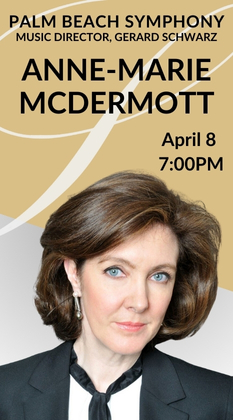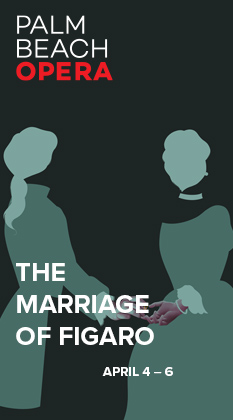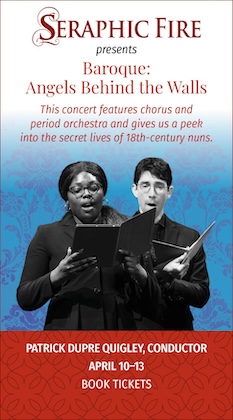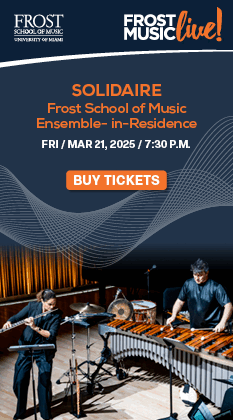James Galway’s technique (and flute) still golden at Broward Center

James Galway performed at the Broward Center Thursday night in Fort Lauderdale.
As a celebrity classical musician on the order of Itzhak Perlman or the late Luciano Pavarotti, the flute player James Galway could easily sink into a professional decline cushioned by the adoration of his fans.
His concert Thursday at the Broward Center in Fort Lauderdale consisted of a succession of musical soufflés, including some of the trashiest opera fantasies ever written, including the self-indulgent touch of bringing on stage for duets his wife, a competent if not stellar flute player.
But as he showed throughout the evening, he still has the technique, the style and the golden, liquid tone that allowed him to make the leap from principal flute in Herbert von Karajan’s Berlin Philharmonic to international concert artist.
In the first half of the performance, Galway played the sort of program that would have been popular in a 19th-century Parisian salon, short works and showpieces that would allow an adored performer to show off to his friends.
He opened with Fauré’s Fantasie for flute and piano, a light, tuneful work, performed with elegant phrasing and velvety tones. More of the same followed in Debussy’s Clair de Lune and En Bateau. His wife Jeanne joined him on stage for Franz Doppler’s Andante & Rondo for Two Flutes and Piano, a sweet-toned, Romantic work that reveled in the harmonic and textural possibilities of the duo instruments.
Galway unleashed his virtuosity in The Carnival of Venice by Giulio Briccialdi. As he played the familiar carnival tune, he surrounded it with ornamentation so fast and complex it sounded as if two or three flutes were playing at once. His mastery of the instrument was so complete that his virtuosity came off as completely effortless, allowing him to shape and phrase the Carnival melody as if he wasn’t worrying about the hundreds of notes he was spinning around it.
In the second half, Galway allowed his Irish side full sway, performing Hamilton Harty’s wistful In Ireland and a series of folk songs. His wife joined him for the Rigoletto Fantasy for Two Flutes by Franz and Karl Doppler, a pastiche of tunes from the Verdi opera. Some of the fast parts got a bit muddled between the two instruments, but otherwise came off well. The scheduled program ended with François Borne’s Carmen Fantasie, as arranged by Galway, a pointlessly difficult, exuberantly tasteless whirl of notes.
As encores, Galway brought out his penny whistle to play some Irish reels, and closed, of course, with Danny Boy, played as if he hadn’t played it a thousand times before.
He was accompanied on the piano by Michael McHale, a capable performer who did his job while preventing his larger instrument from overpowering Galway’s.
The Belfast-born Galway appeared in Fort Lauderdale on St. Patrick’s Day, performing at the Broward Center as the beer flowed freely a few blocks away on Himmarshee Street, traffic blocked off to accommodate the thousands there for the festivities. But despite the St. Patrick’s Day performance of the most famous Irishman in classical music, the 2688-seat hall was only about half full.
The classical performances at the Broward Center have not been well attended this season. But, fortunately, the center is continuing the series, and after the Galway performance ushers handed out fliers for next season’s performances. Among the seven concerts will be performances by the violinist Hilary Hahn, the Royal Philharmonic Orchestra with violinist Pinchas Zukerman and the mezzo-soprano Denyce Graves.
Posted in Performances
Leave a Comment
Fri Mar 18, 2011
at 10:44 am
No Comments




